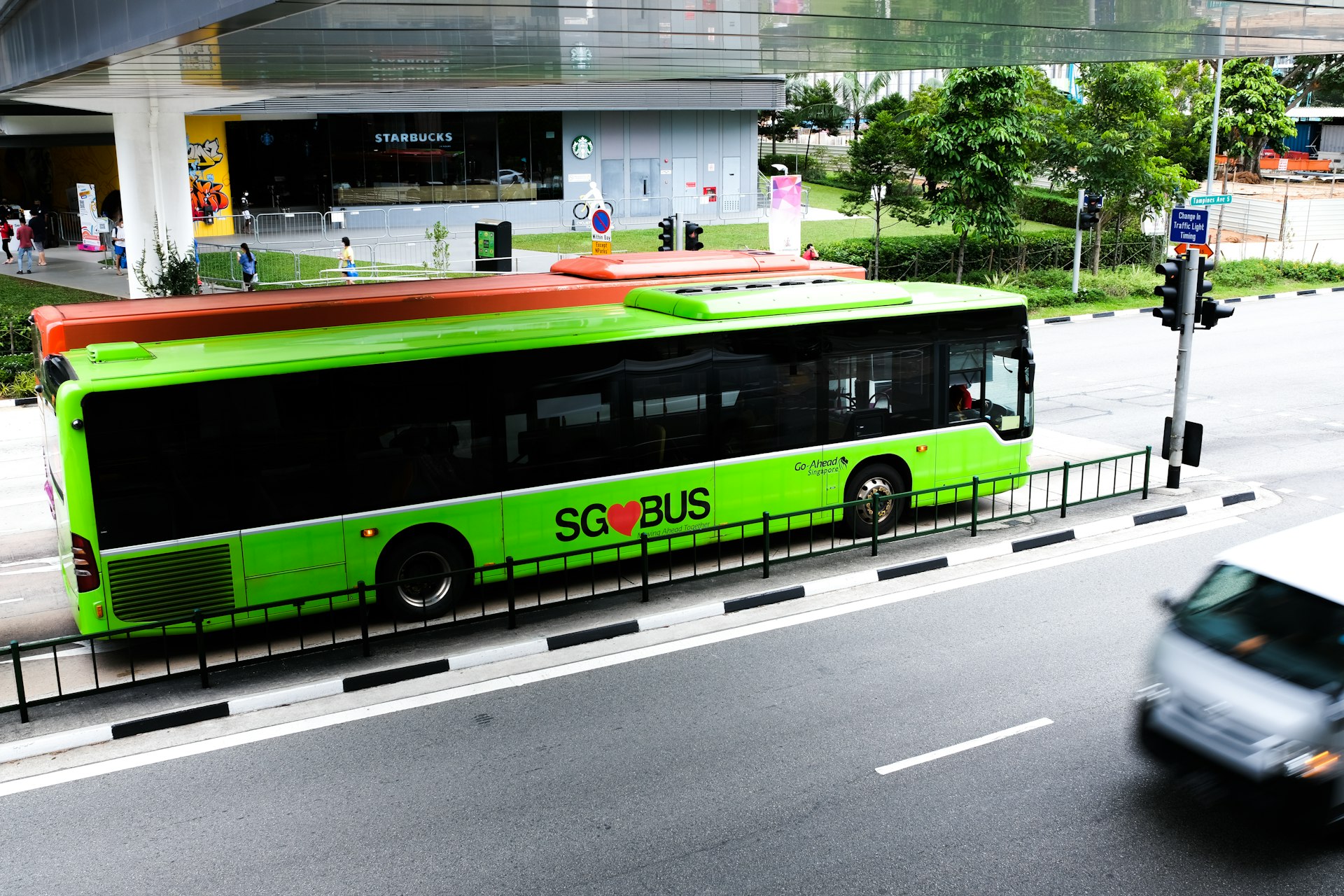Urban Gardening: Transforming City Living Through Green Innovation

Photo by feinschliff on Unsplash
Introduction: Urban Gardening’s Rise as a Lifestyle Movement
Urban gardening has evolved far beyond a hobby. In 2025, it stands as a lifestyle choice that empowers city residents to reclaim green spaces, enhance food security, and create healthier, more sustainable communities. Driven by technological innovation, environmental necessity, and a desire for connection with nature, urban gardening is now recognized as a vital component of resilient city living [1] . This article explores the movement’s roots, current trends, key benefits, and actionable strategies for anyone interested in joining the urban gardening revolution.
Why Urban Gardening Matters in Modern Cities
As urban populations swell and available green space shrinks, the need for sustainable food systems has become urgent. Urban gardening meets this challenge by:
- Supplying fresh, nutritious food within cities, reducing the need for long-distance transport
- Promoting sustainability through organic practices and reduced environmental impact
- Fostering food security by giving individuals and communities control over their food sources
- Bridging technology and tradition with advancements like hydroponic kits, smart planters, and AI-driven sensors
By 2025, urban gardening products are projected to power 35% of city-grown produce, fundamentally transforming local food availability [1] .
Key Trends Shaping Urban Gardening in 2025
Vertical Gardening and Living Walls
With limited space in cities, vertical gardening has become a hallmark of urban greening. Using wall planters, trellises, and stacked systems, residents can grow herbs, vegetables, and ornamentals even in the smallest apartments. Living walls not only provide food but also improve air quality and offer natural insulation, which helps reduce energy costs [4] .
To get started, assess any available vertical surface-balconies, fences, or even interior walls can be fitted with modular planters. Choose lightweight soil mixes, install drip irrigation or self-watering systems, and experiment with fast-growing crops like leafy greens and culinary herbs. Many urban gardeners report turning previously unused balcony space into lush, productive gardens in a single season [2] .
Hydroponics and Smart Technology
Hydroponic and aquaponic systems are redefining what’s possible in small urban spaces. These soil-less growing methods use nutrient-rich water and, in the case of aquaponics, integrate fish to create closed-loop ecosystems. Recent advancements include compact home kits and app-connected planters that automate watering, lighting, and nutrient delivery.
For those new to hydroponics, begin with a countertop kit or a simple vertical hydroponic tower. Most home improvement stores and specialty retailers offer starter kits with step-by-step instructions. For ongoing support, search for local urban gardening workshops or online hydroponics communities for troubleshooting and advice.
Community Gardens and Urban Farms
Community gardens transform vacant lots, rooftops, and shared spaces into productive hubs for food and fellowship. These gardens not only provide fresh produce but also foster social connections, knowledge sharing, and neighborhood pride [3] .
To join a community garden, contact your city’s parks department, neighborhood association, or local nonprofit organizations. Many cities maintain waitlists or offer volunteer opportunities for those interested in participating. If a formal garden doesn’t exist in your area, connect with neighbors to propose a new project-most successful community gardens start grassroots.
Meadow and Native Plant Gardens
Eco-conscious urban gardeners are embracing the “meadow” or “prairie” approach, favoring native plants and wildflowers over traditional lawns. This method supports pollinators, requires less water, and enhances climate resilience. Popular choices include little bluestem, Echinacea, and drought-tolerant perennials [5] .
For implementation, start by reducing lawn space and planting groupings of hardy native species. This “dry and wild” style minimizes maintenance while maximizing biodiversity. Many botanical gardens and extension services offer lists of recommended native plants for specific regions.
Step-by-Step Guide: Starting Your Own Urban Garden
- Assess Your Space: Identify balconies, windowsills, rooftops, or unused corners. Even a sunny windowsill can support container herbs or microgreens [2] .
- Choose Your Method: Decide between traditional soil gardening, hydroponics, or vertical systems based on your space and goals.
- Select Crops: Opt for high-yield, quick-growing plants like lettuce, spinach, tomatoes, peppers, or culinary herbs. If space allows, try small fruiting plants such as strawberries.
- Prepare Your Growing Medium: Use quality potting soil or a hydroponic nutrient solution. Composting kitchen scraps can boost soil health and reduce waste.
- Set Up Watering Solutions: In urban settings, self-watering containers or drip irrigation help maintain consistent moisture and reduce labor.
- Monitor and Adjust: Use a gardening journal or app to track progress, identify pests, and adjust care routines. Many smart sensors now provide real-time updates and recommendations.
- Connect with the Community: Share your experiences, seek advice, and participate in local gardening events to build skills and camaraderie.
Real-World Examples and Case Studies
Urban gardening success stories abound. In New York City, community rooftop gardens supply fresh vegetables to local food banks, while in Chicago, the conversion of parkways and road verges into pollinator-friendly meadows is revitalizing neighborhoods [5] . Across Asia and Europe, compact hydroponic installations in apartments are helping urbanites supplement their diets with greens year-round [1] .

Photo by Danielle Hoang on Unsplash
Challenges and Solutions in Urban Gardening
Many urban gardeners face obstacles like limited sunlight, poor air quality, or lack of space. Overcoming these challenges requires creativity:
- Low light: Supplement natural light with energy-efficient grow lights. Window gardens can also benefit from reflective surfaces to maximize sunlight exposure.
- Space constraints: Use stackable planters, hanging baskets, and vertical frames. Compact crops and microgreens thrive in small containers.
- Soil contamination: Use raised beds or containers with fresh, uncontaminated soil. If growing on a rooftop or near traffic, test soil or use hydroponic systems to avoid pollutants.
For each challenge, there are multiple solutions and adaptations. Local gardening groups, online forums, and extension programs offer additional resources and troubleshooting advice.
Accessing Resources and Getting Involved
Urban gardening resources are widely available but vary by location. To access support, you can:
- Contact your city’s parks department to inquire about available community garden plots or urban agriculture programs
- Visit your local botanical garden or cooperative extension office for workshops and plant recommendations
- Search for “urban gardening workshops” or “hydroponics classes” in your city to find reputable training opportunities
- Join online communities for troubleshooting, plant swaps, and mentorship
If you are interested in funding, some cities and nonprofits offer grants or shared resources for urban greening projects. Check your city government’s website or environmental organizations for up-to-date opportunities. When uncertain about program availability, use qualifying search terms like “local urban gardening grants” or “community agriculture support” to find current information.
Alternative Approaches and Next Steps
Urban gardening is highly adaptable. If traditional soil gardening isn’t feasible, try container gardening indoors, focus on microgreens or sprouts, or join a local CSA (Community Supported Agriculture) for regular access to locally grown food. For those with limited mobility, tabletop hydroponic systems may be ideal. The key is to experiment, connect with others, and remain open to new methods as technology continues to evolve.
References
- [1] Farmonaut (2025). Urban Gardening Products: Farming Vs Gardening 2025.
- [2] SixPtSurvival (2025). Urban Gardening in 2025: Grow Food & Resilience in Small Spaces.
- [3] GrowDirector (2025). Urban Agriculture in 2025: A Growing Trend with Deep Roots.
- [4] Permaculture Apartment (2025). The Future of Urban Gardening: 7 Trends to Watch in 2025.
- [5] Chicago Botanic Garden (2025). 7 Hot Gardening Trends for 2025.



